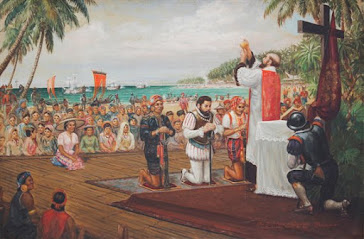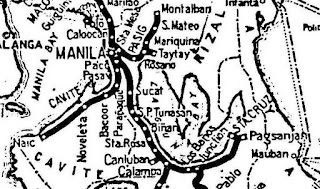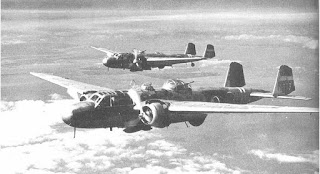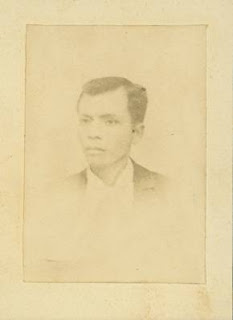Hermano Puli: Religion and revolution
 |
| Apolinario de la Cruz, aka Hermano Puli Photo courtesy of Wikipedia |
On September 21, less than two months before the 175th death anniversary of Apolinario de la Cruz, a film about him (Ang Hapis at Himagsik ni Hermano Puli) has began showing and has been in more than 30 cinemas. Such is the hype for the film, which is already called the "Heneral Luna" of 2016, that its official Facebook page has more than 220,000 likes to date. The synopsis of the film is as follows (spoiler alert):
Then again, who is Apolinario de la Cruz? Known in history as Hermano Puli (Brother Puli), de la Cruz was born on July 22, 1814 at Lucban in Tayabas (now Quezon province). In 1829, he decided to become a priest. However, the secularization movement had not yet progressed at this time. This meant that natives cannot be ordained as priests in any religious order in the Philippines. Thus, de la Cruz was rejected. Three years later, in 1832, he with 20 others founded their own order. It became known as the Cofradia de San Jose. At the same time, he became known to the adherents of the confraternity as Hermano Puli. Meanwhile, support for the Filipino religious order spread from Tayabas to neighboring provinces of Batangas, Camarines Sur, Cavite, and Laguna. Renamed later as Cofradia del Senor San Jose i voto del Santisimo Rosario, membership of the order had grown to 5,000 by 1841.
Hermano Puli saw the increasing membership of the confraternity, and thus sought to gain recognition. However, he was denied and was asked by the Church to disband the order. The friars incited the colonial officials to think that Puli's following was an organization seeking to overthrow the government. This led to the confraternity being outlawed by the Governor General Marcelino de Oraa Lecumberri in 1841. The followers of Puli rallied to him at Mount Banahaw and resisted an attack from local forces by October of the same year. Then, they crowned him as "King of the Tagalogs," a title reminiscent of the legendary king Bernardo Carpio. By November 1841, reinforcements were sent from Manila. Overwhelmed by the Spanish forces, Hermano Puli himself was caught and executed after a brief trial. However, his story was not extinguished by the Spanish. No less than Jose Rizal regarded him as his hero. How is his story received by our people today?





Comments
Post a Comment